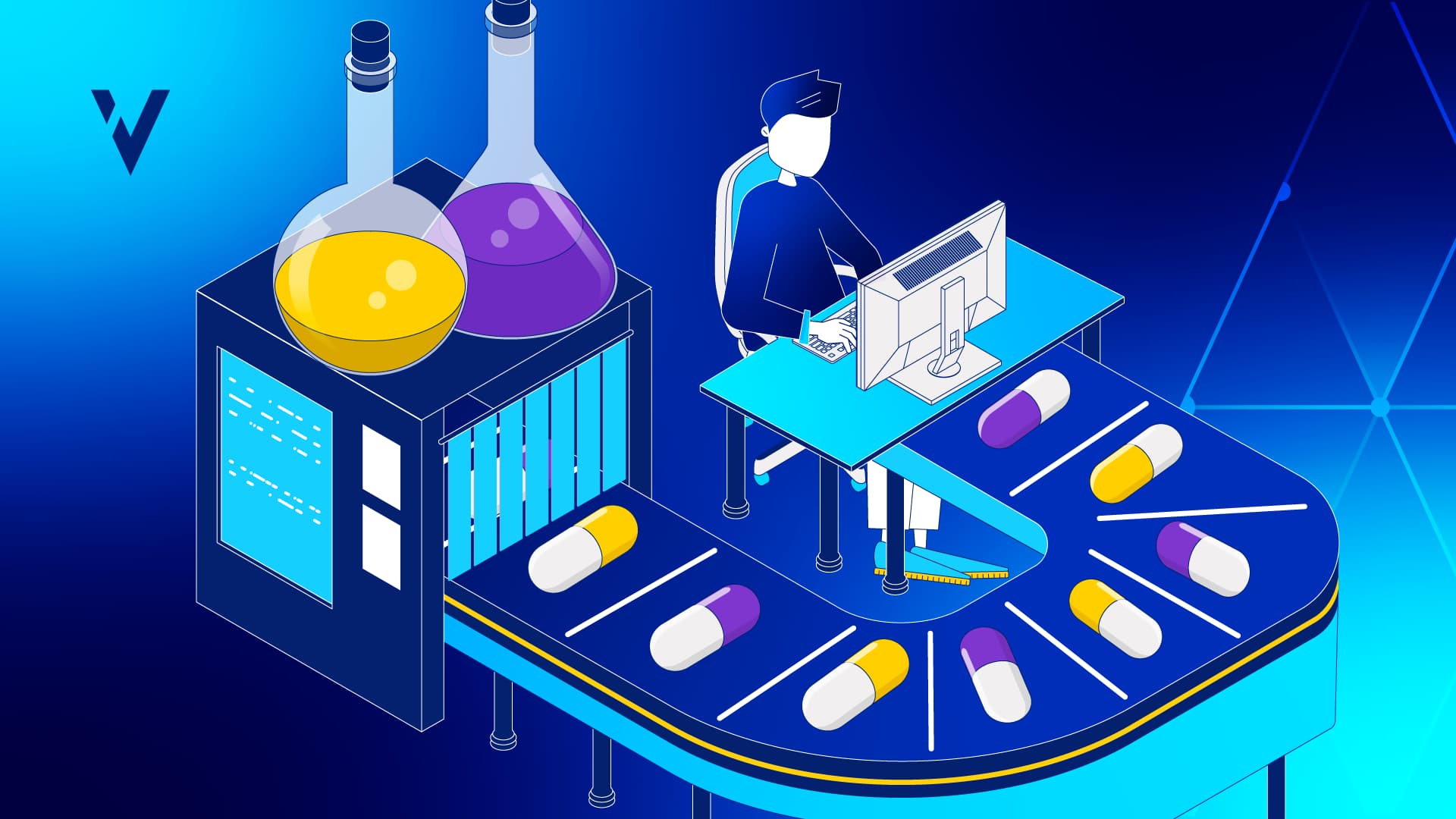The Internet of Things (IoT), sometimes described as an interconnected enterprise system, continues to generate buzz in business circles. By connecting data, information, and knowledge, IoT offers organizations the potential to create intelligence and gain a competitive edge. However, adopting IoT requires commitment, vision, and the ability to navigate challenges such as cybersecurity risks.
The vast number of IoT commercial service providers alone can be daunting.
Building a Clear IoT Strategy
Successfully adopting IoT doesn’t have to be a solitary effort. Organizations can learn from those who have already implemented IoT, study both successes and challenges, form strategic partnerships with service providers, and refine their vision, strategy, and implementation based on real-world insights.
Defining a strong IoT strategy requires a clear understanding of opportunities, identification of pain points, and an assessment of available resources to maximize the benefits of implementation.
Key Areas Where IoT Drives Impact
IoT continues to transform industries by improving efficiency, reducing costs, and enhancing performance. In validation and manufacturing, three key areas where IoT delivers significant value are cold chain distribution, continuous monitoring of manufacturing facilities, and process optimization.
Cold Chain Distribution
Traditionally, cold chain distribution monitoring relied on qualitative indicators that change color or darkness in response to heat exposure. While useful for assessing product viability, these indicators do not provide details about when, where, or why a temperature excursion occurred.
More advanced solutions, such as electronic temperature recorders or data loggers, provide quantitative insights into shipping conditions after a product reaches its destination. However, if exposure limits are exceeded, the product must still be discarded.
Intelligent cold chain monitors take this further by measuring and reporting temperature exposure data in real time. By integrating with an IoT platform, these monitors use data analytics to proactively alert supply chain managers to potential issues before they result in product loss. This proactive approach ensures product integrity, maintains reliable customer service, and reduces waste.
Manufacturing Facilities
IoT-powered continuous monitoring enables manufacturers to detect potential issues early, allowing corrective action before failures occur. When combined with historical performance data, IoT-driven analytics help reduce energy costs, minimize downtime, and improve overall equipment effectiveness (OEE).
In pharmaceutical manufacturing, even with the widespread adoption of Six Sigma and Lean principles, inefficiencies persist. IoT solutions enhance operational efficiency by integrating data streams across process, plant, and enterprise levels. With high-fidelity models, soft sensors, and optimization algorithms, IoT-driven process improvements can reduce variability by 40% to 60%, resulting in higher yield, better product quality, and improved supply chain performance.
Process Optimization
IoT platforms connect data sources across facilities, processes, and supply chains, creating opportunities to modernize traditionally manual workflows like validation. Integrating IoT with a digital execution system reduces labor demands and minimizes human error.
For example, IoT-enabled solutions have been shown to reduce the labor required for facility commissioning and qualification by 20% to 30%. In computer system validation, organizations have achieved cost reductions of up to 80% by leveraging IoT-driven automation. Similar benefits extend to equipment qualification, cleaning validation, process validation, analytical method validation, quality event trending, annual product reviews, and operational excellence initiatives.
A report by the Industry IoT Consortium explores how IoT-powered validation systems with advanced analytics can enhance compliance and efficiency in regulated industries.
What's Next?
By strategically adopting IoT, organizations can streamline operations, enhance efficiency, and stay ahead of the competition. With the right approach, IoT-driven solutions can unlock significant cost savings and performance improvements across validation and manufacturing.
Commissioning and Qualification (CQV)
Saurabh Joshi
Director - Industry Solutions



